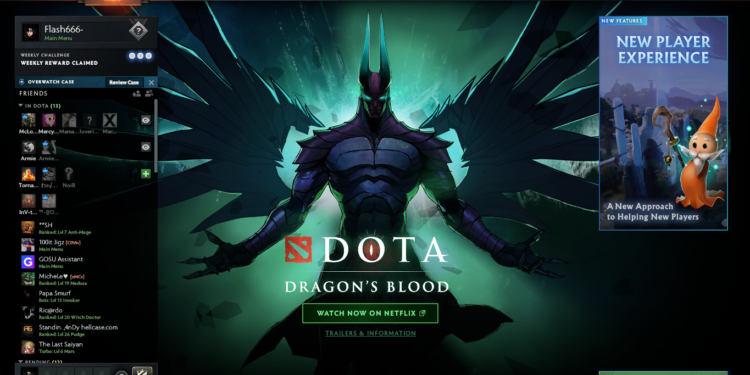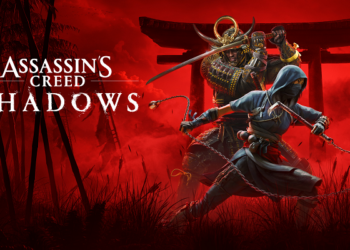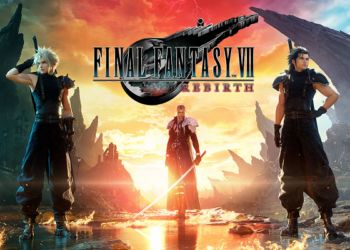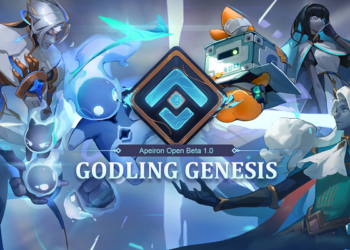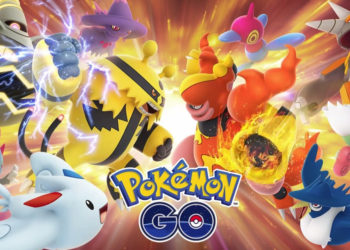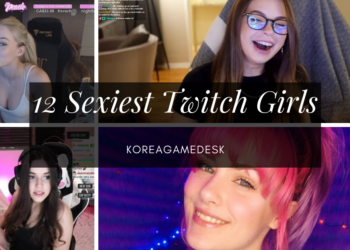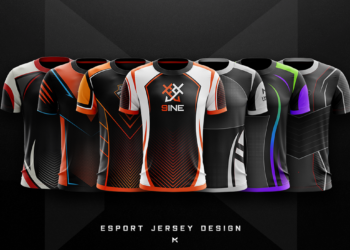Even though the gaming industry has grown a lot in the past few years, many marketers are still hesitant about investing in advertising on gaming platforms. Most marketers are worried about engagement and brand safety. However, it is quite the opposite. Let’s have a look at the myths and the reality.
Myth #1 Women Do Not Play Games
When competitive gaming first started, it was a male-dominated field; however, we have witnessed top organizations fielding teams consisting of only female gamers in the last few years. Since then, we have seen many tournaments for female gamers, which made such a significant impact that now they have separate tournaments and leagues for female gamers, and teams.
Mobile gaming got even more popular after the pandemic started. With a large number of the population stuck inside the home, data usage sky-rocketed in no time. People spent a large portion of their data on games.
It might sound shocking, but actually, most women gamers are committed to the games they play. According to surveys, 77% of women gamers are committed gamers which means they play the game every day. 12% of the community are regular gamers, which means they play the game a few days a week. And only 11% of the female gamers are casual gamers which means they play a few days every month.
Back in the days, advertisers avoided gaming platforms because it was a male-dominated field. However, that has changed for good. Targeting the gaming audience is targeting just the males? Not anymore. Advertisers can now target both men and women using gaming platforms.
Myth #2 Gamers are Not Potential Customers
It’s funny because it’s true. Gamers and “no life” jokes used to go hand in hand, but that changed over time. In the beginning, gaming used to nerd thing to do. However, with mobile devices and games being readily available, more and more people joined the gaming community without even knowing.
Games like PUBG broke the barrier between hardcore gamers and casual gamers. It’s a fun game, easy to learn, and it’s available for free on your play-store. That changed everything. While computer games such as DOTA 2, League of Legends, Fortnite has a very hardcore gamer community, mobile games like PUBG united all kinds of people on a single platform.
These people do have a life. They go out, and they have interests in other things. Be it music, shopping, photography, art, or something else. Advertisers were worried about gamers ignoring their advertisements; thus, advertisers avoided these platforms. However, with mobile games being available to everyone, these platforms will help advertisers reach people who can turn into their consumers.
Remember, gamers are not aliens. They are our everyday people. They go to the grocery shop, pharmacy, hospitals, malls, restaurants, and other places. These people also use other apps for music, news telecast, sports update, social media connections, etc.
Myth #3 Gamers Ignore Advertisements
Let’s break it down to the very basics. When someone is playing a game, they are working towards a goal. No matter what the game is, there are achievements and goals that players want to get. If your advertisement is a disturbance for them, they will ignore it. However, if the advertisement is rewarding, they will choose to watch an advertisement instead of paying for the rewards.
Most games have things behind a paywall, and players need to spend money to achieve that goal. Most mobile games now run advertisements that can be rewarding and no surprise that 74% of gamers choose to watch an ad instead of paying through microtransactions. Ad recall is very high among Indian gamers. Almost 60% of the players can recall the advertisements they have watched.
There are three reasons why gamers pay attention to advertisements:
- The ad is about their topic of interest
- Advertisement is engaging and interacting
- In-Game ad is benefitting their gameplay
Gamers are an attentive audience, so investing in advertising on gaming platforms is a great idea.
If you’re thinking of investing in advertising on gaming platforms, pick a popular game and go for it. While the pandemic forced people to stay in and play games, the Indian Esports scene also grew quite a lot, opened up career scopes for gamers, and made gaming a mainstream career option. In this scenario, gaming is now well accepted in society, and it is not something kept on the upper-shelf only for the hardcore ones.



